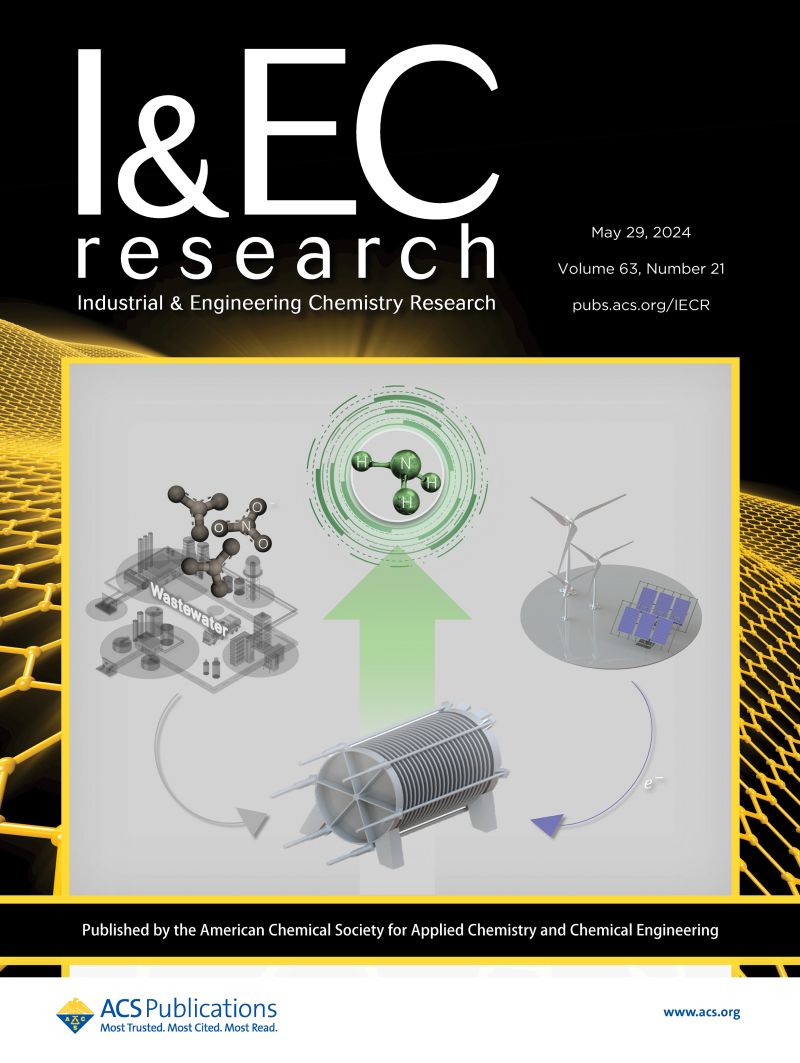How Preparation Protocols Control the Rheology of Organoclay Gels
IF 3.8
3区 工程技术
Q2 ENGINEERING, CHEMICAL
引用次数: 0
Abstract
We elucidate the effect of preparation conditions on the rheological properties of organophilic clays consisting of platelet-like primary particles, VG69 (trademark of SLB) dispersed in oil, by varying the homogenization rate, homogenization temperature, and amount of added water. We establish that stable, nonsedimenting gel formation requires homogenization temperatures higher than 45 °C and the addition of a small amount of water during the homogenization stage. Dried organoclay dispersions, on the other hand, do not form stable gels, independent of the homogenization rate and temperature, suggesting the existence of only weak attractions in the absence of water molecules. Water-induced attraction is necessary to form gels, probably through hydrogen bonding between the silanol group of clay particles and water molecules. Moreover, the effect of homogenization temperature is related to the extent of exfoliation during the homogenization stage as confirmed by X-ray scattering. The gel plateau modulus, Gp, is found to increase with clay concentration as GP ∼ cclay3.9, typical of fractal gel networks. More interestingly, a linear increase in the elastic modulus with water concentration is observed over a wide range of water concentrations, while analyzing the effective yield strain deduced from the yield stress and elastic modulus reveals the existence of three regimes. We finally present dynamic state diagrams that clearly indicate the required conditions for the creation of stable gels and demonstrate the importance of controlling the preparation protocols in the formulation of clay dispersions and gels with desirable structural and mechanical properties.

制备规程如何控制有机土凝胶的流变性
本文章由计算机程序翻译,如有差异,请以英文原文为准。
求助全文
约1分钟内获得全文
求助全文
来源期刊

Industrial & Engineering Chemistry Research
工程技术-工程:化工
CiteScore
7.40
自引率
7.10%
发文量
1467
审稿时长
2.8 months
期刊介绍:
ndustrial & Engineering Chemistry, with variations in title and format, has been published since 1909 by the American Chemical Society. Industrial & Engineering Chemistry Research is a weekly publication that reports industrial and academic research in the broad fields of applied chemistry and chemical engineering with special focus on fundamentals, processes, and products.
 求助内容:
求助内容: 应助结果提醒方式:
应助结果提醒方式:


